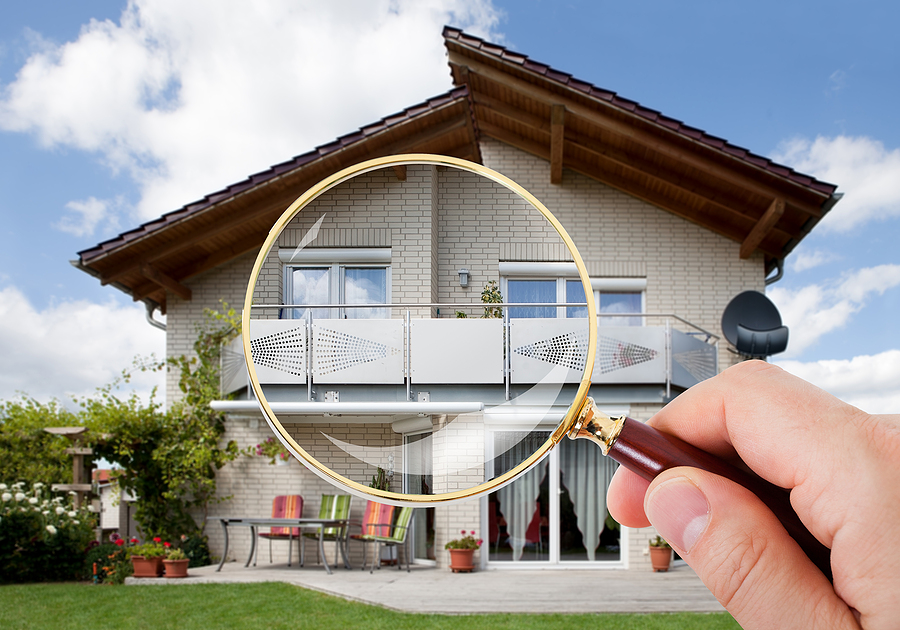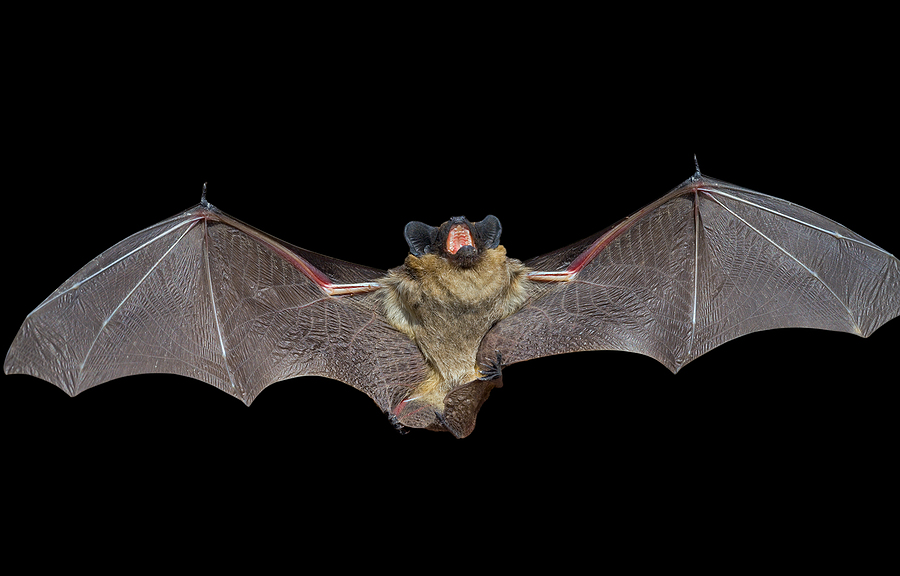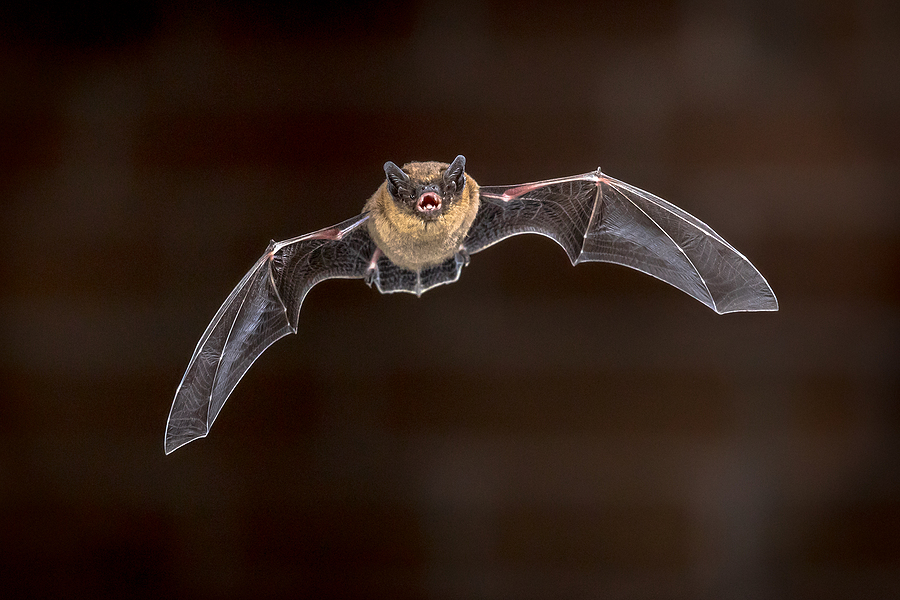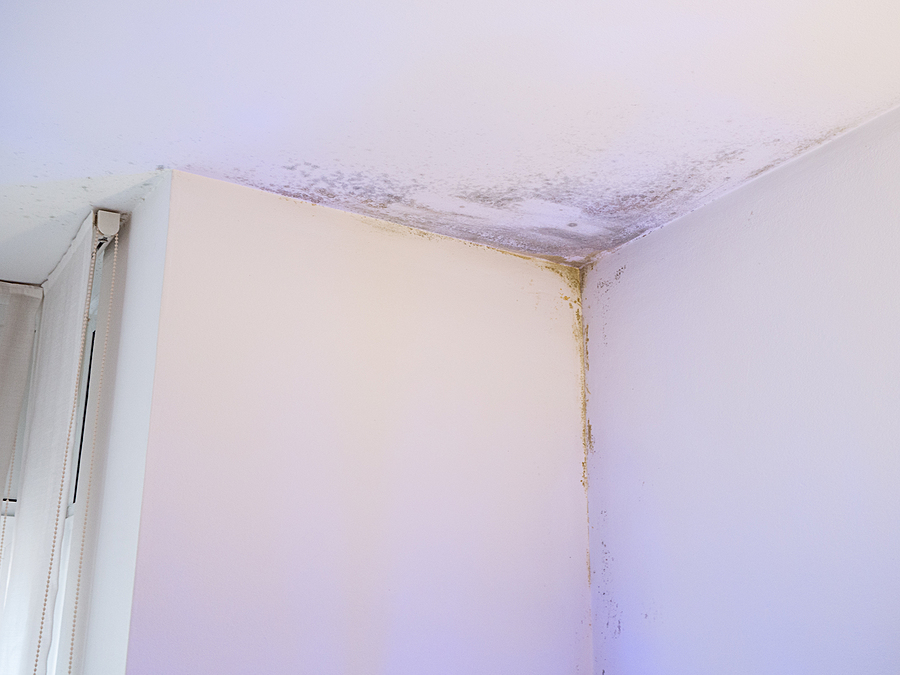Bats are often depicted as creatures of the night, lurking in caves or abandoned buildings. However, for many homeowners, these winged mammals can make unexpected appearances in their very own attics. While bats play a crucial role in our ecosystem by controlling insect populations, having them take up residence in your home can pose significant challenges.
If you’ve noticed strange rustling sounds or peculiar droppings, it might be time to investigate the possibility of bats in your attic. This blog post will guide you through identifying, managing, and preventing bat infestations, all while ensuring humane treatment of these remarkable creatures.
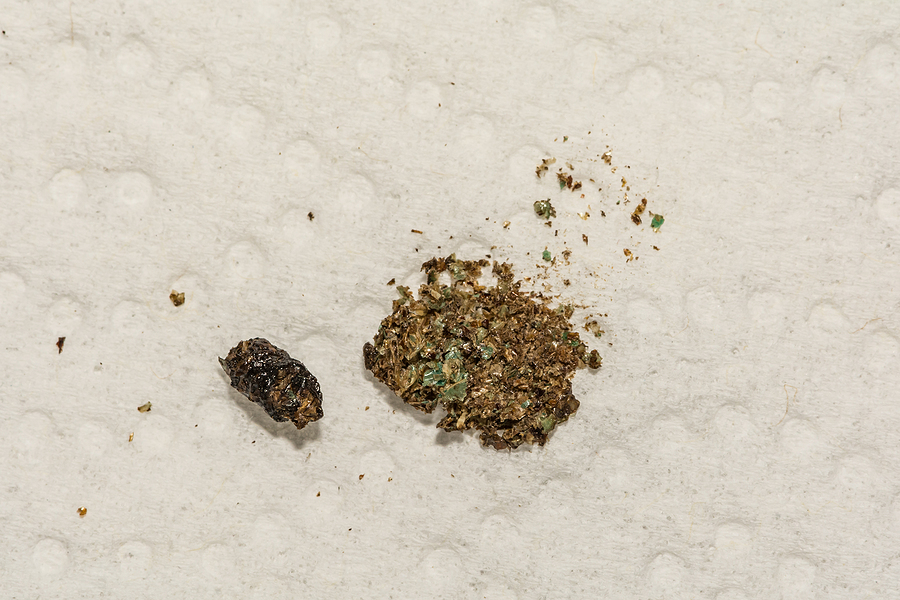
Common Signs of Bats in the Attic
Recognizing the early signs of a bat infestation can save homeowners from extensive damage and potential health risks. One telltale sign is the presence of bat guano—small, dark droppings that resemble grains of rice and are often found around entry points or in attic spaces. In addition to guano, you might notice a musky odor caused by bat urine. Scratching or squeaking noises, especially at dusk or dawn, are another indication that bats have made their way into your attic.
Differentiating bat signs from other common nuisance wildlife is crucial for proper management. Unlike squirrels and chipmunks, bats don’t chew on wires or insulation. Plus, bat droppings are smaller and crumblier than theirs. If you’re uncertain, a professional inspection can provide clarity and ensure that bats, not another pest, are your attic’s new residents.
Risks and Health Concerns
While bats are generally harmless to humans, their presence in your home can lead to various health concerns. Bat guano and urine can pose serious risks, including respiratory problems caused by histoplasmosis—a fungal infection that can develop from inhaling spores found in bat droppings. Additionally, accumulated guano can lead to structural damage and unpleasant odors.
Another health risk associated with bat infestations is rabies. Although only a small percentage of bats carry rabies, it’s crucial to avoid direct contact and ensure that your pets are vaccinated. By addressing an active bat infestation promptly, homeowners can mitigate these risks and protect their household’s well-being.
Legal and Ethical Considerations
Before taking any action, it’s essential to understand the legal and ethical implications of bat removal. In many regions, bats are protected by law due to their ecological importance. For example, it may be illegal to disturb bats during their breeding season or tamper with endangered bat species. It’s vital to familiarize yourself with local regulations to avoid hefty fines and ensure compliance with wildlife protection laws.
Ethical treatment of bats is equally important. While they may be unwelcome guests in your attic, bats are beneficial creatures that deserve humane handling. Using safe and non-lethal methods for removal is crucial, as is ensuring that no bats are trapped or harmed during eviction.
Steps to Confirming a Bat Infestation in the Attic
If you suspect bats in your attic, confirming their presence is the next step. Begin by conducting a visual inspection at dusk or dawn when bats are most active. Look for flying bats near potential entry points, such as vents, soffits, or eaves. Binoculars can aid in observing these areas from a safe distance.
For homeowners who prefer professional assistance, hiring a licensed wildlife removal expert can provide a thorough assessment. These professionals have the experience and tools necessary to identify infestations and recommend appropriate action. A professional inspection ensures accuracy and offers peace of mind, especially if you’re uncertain about identifying bat signs.
Bat Removal and Exclusion
Once bat presence is confirmed, it’s time to consider removal and exclusion methods. Humane removal involves allowing bats to exit the attic on their own while preventing re-entry. This often requires installing one-way exclusion devices over entry points, which permit bats to leave but not return.
Sealing entry points after all bats have vacated is crucial to preventing future infestations. Common entry points include loose shingles, damaged soffits, and gaps around vents or chimneys. Using durable materials like hardware cloth or metal flashing can effectively seal these openings, ensuring bats won’t find their way back into your home.
Cleanup and Restoration
After successful removal, addressing the aftermath is essential. Bat guano can harbor harmful pathogens, so proper cleanup is critical. It’s recommended to wear protective gear, including gloves and masks, during the cleaning process. Carefully remove guano and dispose of it in sealed bags.
Restoring your attic space involves repairing any damage caused by bats and ensuring insulation remains intact. Depending on the extent of the infestation, professional restoration services may be necessary to restore your attic to its original condition.
Preventing Future Infestations
Prevention is key to avoiding future bat infestations. Regular inspections of your home, especially the roof and attic, can help identify potential vulnerabilities. Ensure that all gaps, vents, and entry points are securely sealed, and consider installing chimney caps or vent covers for added protection.
Maintaining a bat-resistant home also involves reducing attractants. Outdoor lighting can lure flying insects, which in turn attract bats. Using motion-activated or downward-facing lights can minimize insect activity around your home.
In Summary
Navigating a bat infestation in your attic can be a daunting task, but taking prompt and informed action is crucial for protecting your home and health. By recognizing signs, understanding risks, and employing humane removal methods, homeowners can effectively manage bat infestations while respecting these vital creatures.
Remember, professional assistance is always an option for those seeking guidance or assurance. Wildlife removal experts can provide tailored solutions, ensuring a seamless and stress-free process. With the right approach, you can regain control of your attic space and enjoy a bat-free home.
If you have any questions about bat removal, contact us today for more information. We are here to help! Contact Budget Animal Removal at 317-875-3099 for DNR licensed and insured bat removal and control in Indianapolis and its surrounding counties. Request a free estimate or advice, today!
Related Posts:
Information About Attic Restoration After an Animal Infestation
Safeguard Your Home: Bat Removal and Prevention Guide
Need Bat Removal? Here’s What You Need to Know




